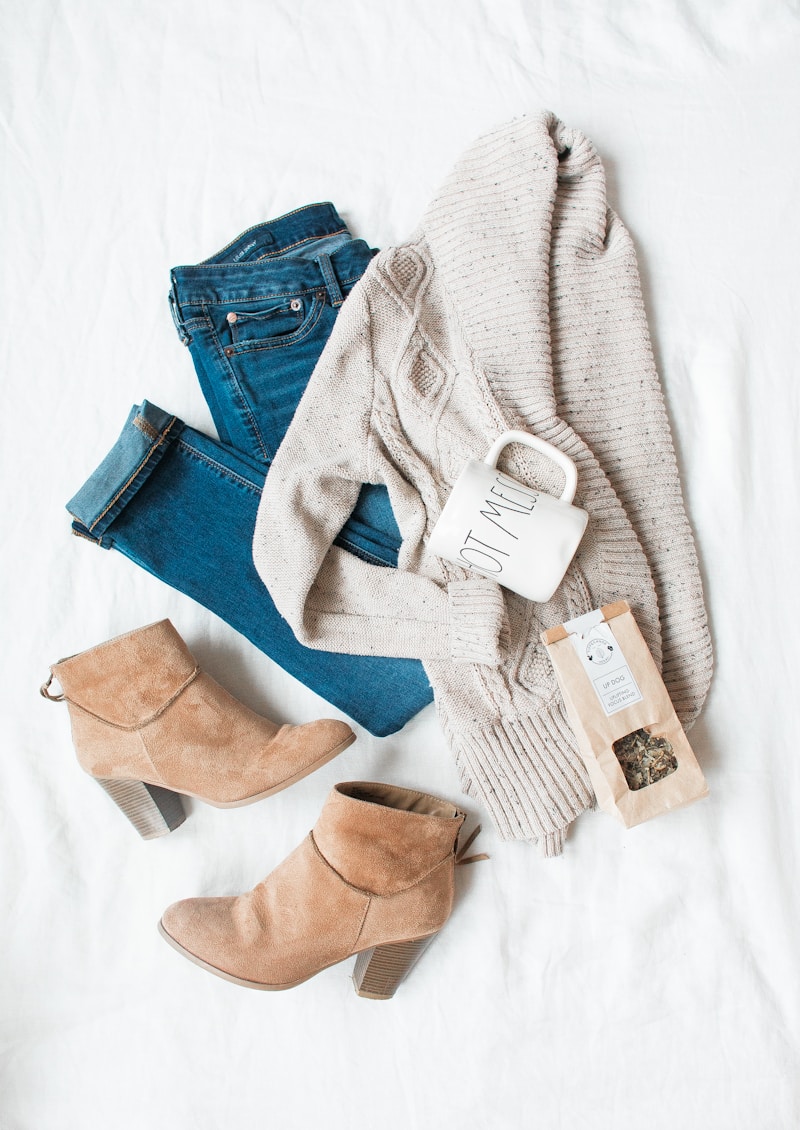The Impact of Fabric Draping on Design: A Comprehensive Analysis
In the world of fashion and interior design, the choice of fabric and how it drapes can substantially influence the aesthetic and functional qualities of a design. Understanding the impact of fabric draping on design can lead to more informed decisions, resulting in more captivating and cohesive outcomes. This article will delve into the nuances of fabric draping, exploring its role in both fashion and interior design, considerations for choosing the right fabric, and practical tips on how to maximize the impact of draping in your projects.
Understanding Fabric Draping
Fabric draping refers to how a material falls or hangs when it's either laid flat or constructed into a garment or piece of furniture. The way fabric drapes can create illusions, enhance shapes, and contribute to the overall design narrative. Different types of fabrics respond uniquely to draping, which is why understanding their behavior is crucial for designers.
The Importance of Fabric Selection
The choice of fabric should consider its weight, texture, and elasticity, which all significantly affect how draping is perceived. Below are several key factors that influence fabric draping:
| Factor | Description |
| Weight | Heavier fabrics like wool and denim tend to hold their shape well, while lightweight fabrics like chiffon and silk provide softer, more fluid draping. |
| Texture | Textured fabrics such as burlap create structure, whereas smooth fabrics can create a sleek and elegant appearance. |
| Elasticity | Fabrics with stretch, like spandex blends, can drape tightly against the body, enhancing silhouette. |
How Fabric Draping Influences Clothing Design
In fashion design, fabric draping plays a pivotal role in defining silhouettes. For instance, designers often utilize draping techniques to create visually striking garments that accentuate curves or provide movement. Draping can also aid in the creation of unique patterns and textures, transforming ordinary pieces into statement attire.

One popular technique among fashion designers is the use of a dress form for fabric draping. This method allows designers to visualize how the fabric will interact with the body's shape, resulting in more tailored and flattering designs. Using different draping techniques, designers can create variations in necklines, hemlines, and other design features that contribute to the garment’s overall appeal.
Impact on Interior Design
The principles of fabric draping are not limited to fashion; they also play an essential role in interior design. Drapery in home decor, for instance, affects how a space feels and functions. Fabrics used for curtains, cushions, and upholstery can significantly influence the ambiance of a room.
Using Drapery to Define Spaces
Strategic fabric draping in interior design can help define areas within larger spaces. For instance, sheer curtains can divide an open-concept room, offering a sense of privacy while still allowing light to filter through. Additionally, the fabric choice impacts acoustics; heavier fabrics can absorb sound, resulting in quieter environments.
Factors to Consider for Effective Draping
When designing with fabric draping in mind, consider the following factors:
- Purpose: Identify the functional needs of the space or garment. Will it serve an aesthetic purpose, or does it also need to be practical?
- Theme: Ensure that the fabric complements the overall theme of the design project, whether it's traditional, modern, or eclectic.
- Color and Pattern: Graphics and hues can influence the perceptions of depth and dimension, and, thus, the effectiveness of draping.
- Maintenance: Different fabrics require varying levels of care. Consider how the draped fabric will be maintained over time.
Common Questions on Fabric Draping
Many designers and enthusiasts often find themselves pondering the following questions:
- What are the best fabrics for draping in fashion design?
- How can I enhance the draping of fabric in my projects?
- What tools can help in precision draping?
- How does draping impact the durability of a garment or piece of furniture?
Conclusion
In conclusion, the impact of fabric draping on design is profound and multifaceted. Whether in fashion or interior design, the way fabric drapes can enhance aesthetic appeal, define functionality, and influence the overall narrative of a project. By making informed choices based on fabric characteristics, designers can create compelling and practical designs. Always remember to consider the purpose, theme, and maintenance of the fabric, ensuring that it aligns consistently with the vision of the project.
As you explore the world of fabric draping, continue to experiment with various materials and techniques to discover the dynamics of draping that best suit your creative needs. Happy designing!